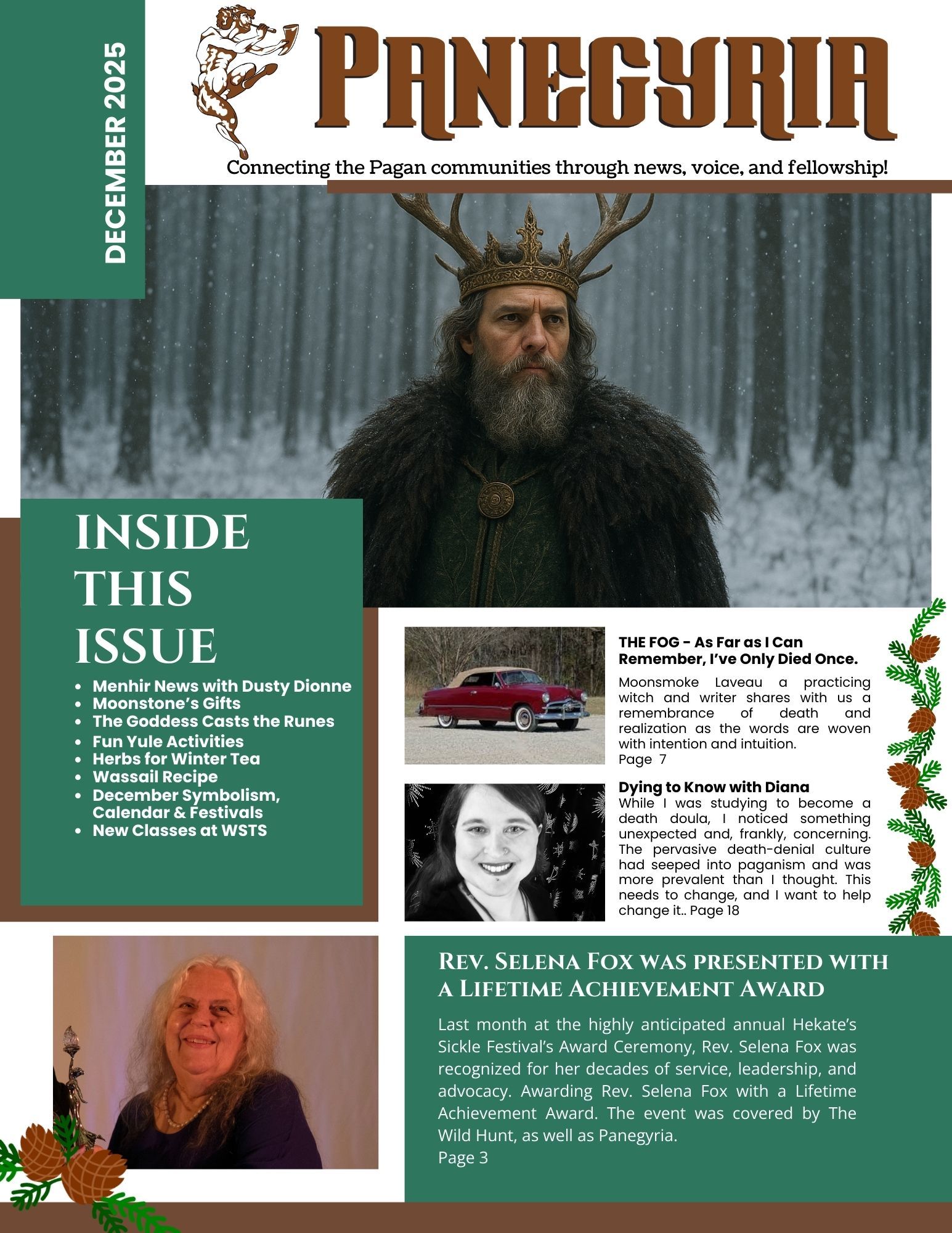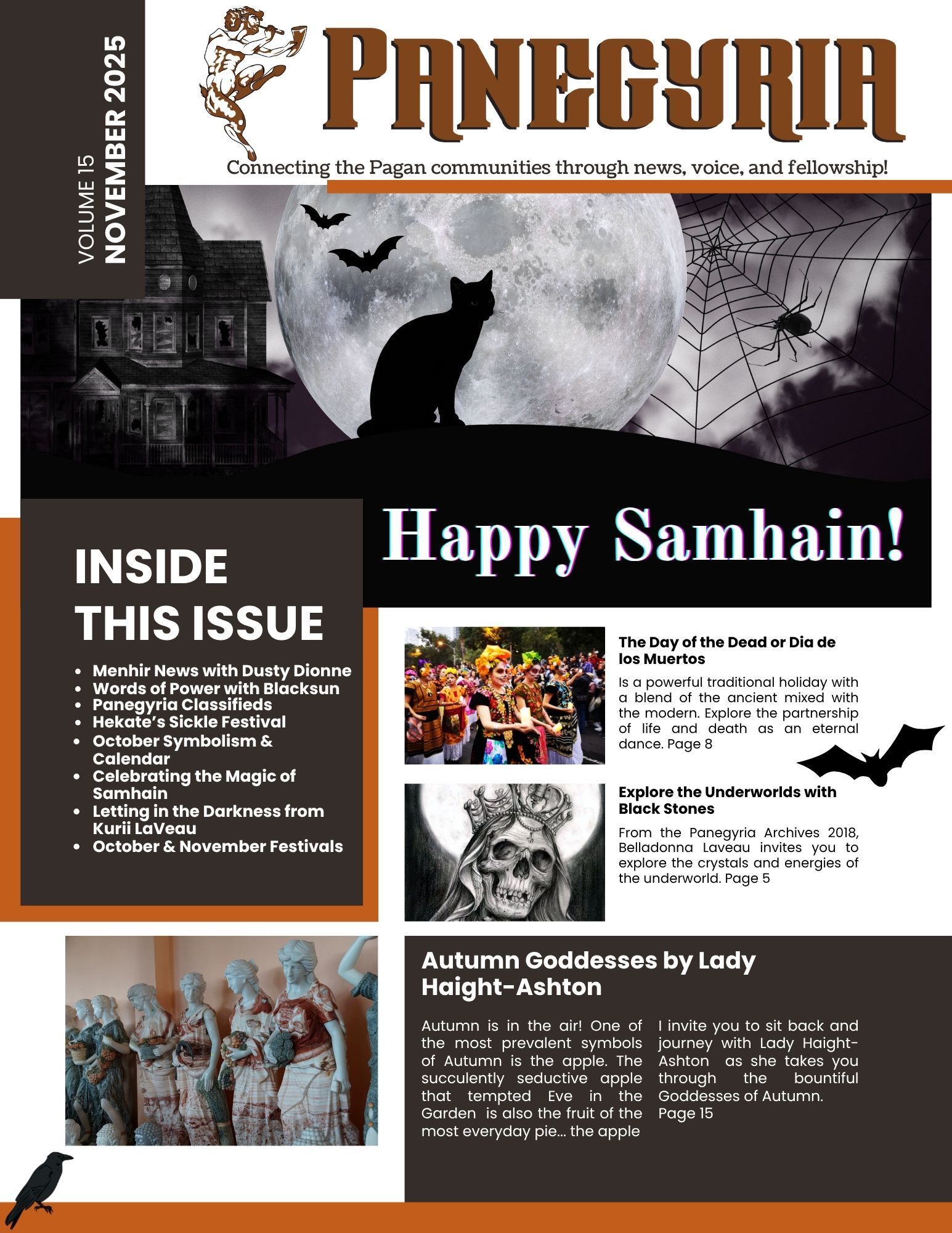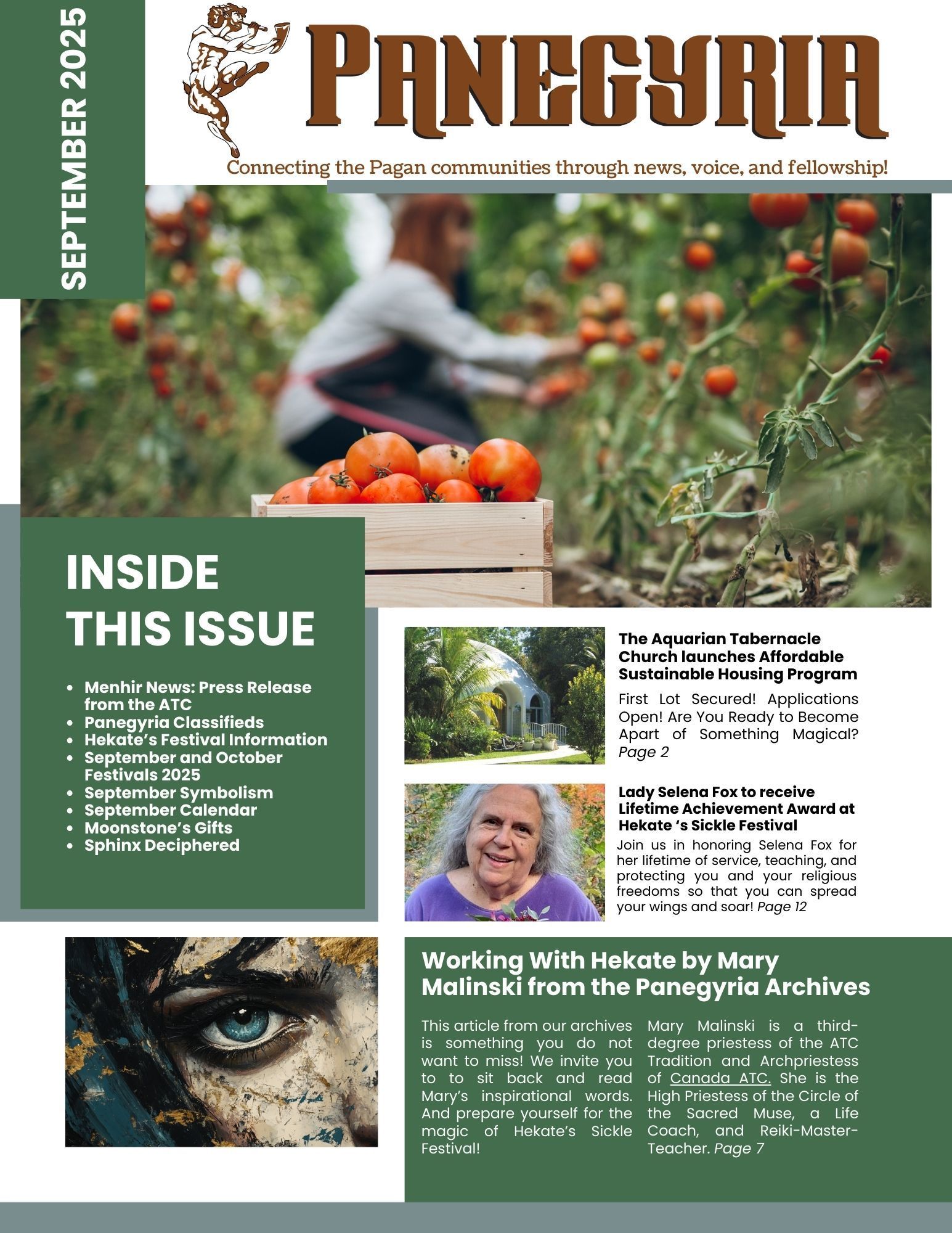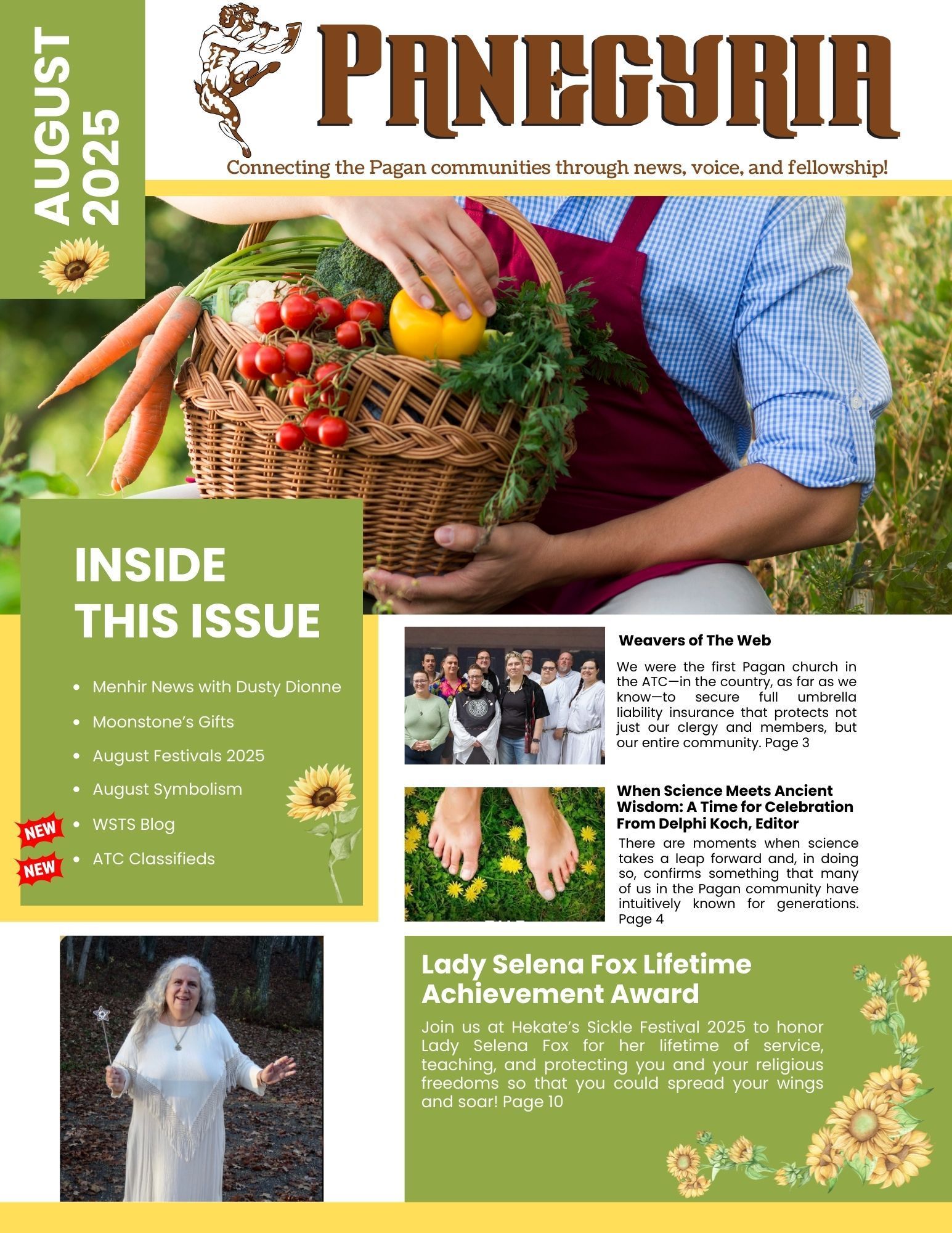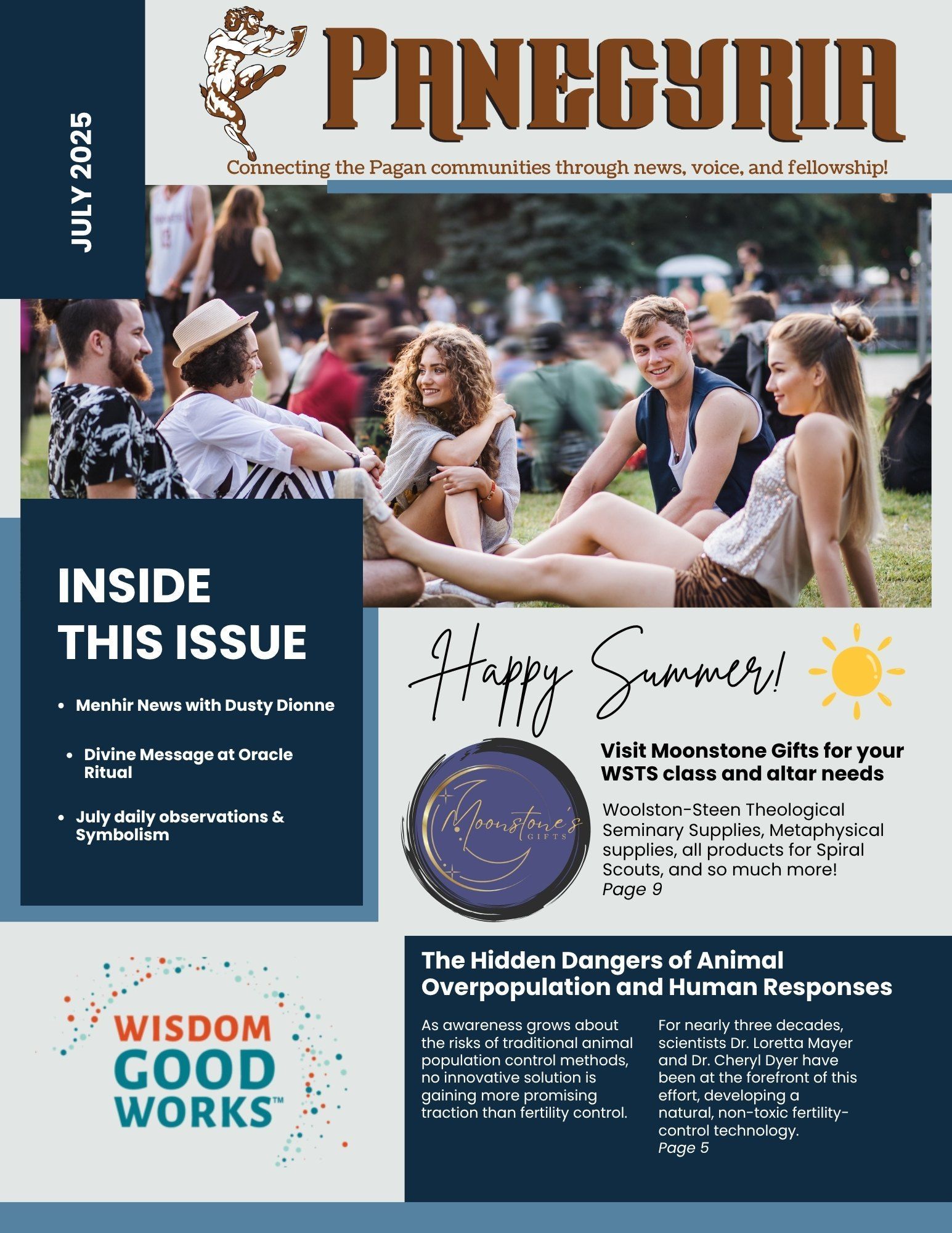Four Ways to Show You Love #ThatPaganLife
Listicles, you cannot scroll through a major website or new program without seeing one. Arguably made popular by Buzzfeed , listicles are a journalistic or blogging tool with a lot of impact. Starting with a title that tells you there is a list of information (listicle is a portmanteau of “list” and “article”) within.
-
“Three easy changes to decorate your altar for Mabon”
-
“Six things you should never do during a Great Rite”
-
“The nine sketchy things no one knows about Fae”
I’m going to help you write (maybe your first!) an article that illustrates how well you know #ThatPaganLife. Maybe it’s something will help your coven, personal craft business or just betters the Pagan lifestyle for all us. This should be fun and easy and we hope you’ll come back and be a recurring author for Panegyria.
There is an opening paragraph, then the list of items. Each item may have as little as one line of content or several paragraphs. How long is predicated on several things:
-
Your audience – Pagans, generally want it short and to the point, although some might look for fewer bullets and more detail
-
Your style – Write your way. If you’re known for short pithy sayings, use that to your advantage
-
The topic – Deeply technical areas merit a bit more attention, however, don’t drag on. If you are an expert, you should be able to make your point in a few sentences (more on this later). If you really need to write more, consider a different format for the article.
Why use this format? It draws immediate attention and generates a call to action. Attention generates eyeballs and revenue, whether direct or indirect. Why? People are drawn to numbers that indicate quantitative hard data (“Five Weather Patterns to Know During a Full Moon”) or qualitative data, if it’s from sources we know, trust, or respect (“Mother’s Four Favorite Yule Appetizers”). People are most likely to act upon short bites of practical and pragmatic information.
1. Demonstrate your “Command of Data”
Einstein wrote, “If you can't explain it to a six-year-old, you don't understand it yourself.” Using lists shouldn’t imply simple or less relevant content. They should be used to demonstrate that you understand a topic well enough to break it down and explain it in relatable, everyday terms. Even for highly technical subjects there are steps, an order of precedence, or just a relatable number. For example, “Three parts of a good ritual”, “Nine Tips for making herbal remedies”, or “Four Steps You Must do to when Designing Mandalas”.
This is your opportunity to demonstrate to the world your expertise, passion, and most importantly, your capability. Anyone can over-complicate an article.
-
Organize – This shows depth of understanding. Creating a compelling and understandable structure or taxonomy illustrates how well you know a topic
-
Be to the point – As above, brevity and completeness combined show expertise.
-
Make it actionable and/or action-oriented – Briefly describe some technique for putting your point into action. If it requires some foundational skill or knowledge, say so. (“Readers are assumed to have a basic background in Asatru traditions”)
2. Be “all in” with your headline/title
Your title is the only reason people will read your article, unless you have an established fan base. It’s the first thing they see. Whether you’re pitching an idea or self-publishing, you need to state the one thing people will take away from the article. Make it clear and compelling. Numbers add credibility. You clicked on this headline, so there’s your first bit of proof.
If you’re a great writer, or a muse, you know this and can spout engaging headlines without effort. If not:
-
Start with a placeholder title
-
Write your article
-
Your title takes about 10% - 15% of the effort of writing the article. Give yourself the luxury of time to create an engaging opener. You only get one shot per article.
Crafting that sweet title:
-
What’s the one thing people will take away?
-
Is it relatable to everyone? “Better GRoTP for Lefties” is going to be passed over by 99.9999999% of the world. Make it work out of context.
-
Numbers are compelling. Adding the right number will draw in an audience - after all, that’s what listicles are all about.
-
A promise made is a promise kept. What are you promising with your title and do you keep it?
-
Less is more. Is every word necessary?
An article entitled “27 Personal Rituals You Should Do Every Morning” will likely raise eyebrows and be passed over. Why?
-
The number must credible or incredible. 27 things is not either as, even assuming each item takes only two minutes, completing the list is nearly an hour of time gone. Incredible invites a closer look (“999 ways to make wands”, “1,001 ways to screw up your evocations”).
-
Every morning? In today’s world, we have a much more varied routine. In this headline we’re also including weekends, when generally people’s routines change over the weekend.
-
It’s not very specific. Try “Three Things the Spiritually Adept do.”
Add a picture that tells the entire story within the image. Many listicles have pictures (using animated gifs) for each bullet.
3. Keep notes
Writing takes time. Start with your list and develop the article around. As an adult, there are lots of things you do well. Pick a subject area and start to organize. There is no need for it to be perfect the first time. Edit, edit, edit till you get it down to a manageable pitch. A direct and focused article tells people you are an expert.
Many authors will tell you, “There’s no good writing, just great editing.”
Lists can become addicting. I once showed an artist, a most unlikely of list makers, this simple technique. On the one-year anniversary she sent me pictures of three page lists of tasks and activities.
4. The Phrase that Pays
Way back in the early morning of the modern Internet (1997), RFCs (Request For Comments) were used to define how certain words were used in standards documents. The controlling body, the IETF (Internet Engineering Task Force) still exists and is quite active.
The RFC post, Key words for use in RFCs to Indicate Requirement Levels , is the set of words used to signify requirements. “Should, Should Not, Must, May, Optional” all have specific contexts. Use them in your lists titles or headlines to generate impact.
Other attention-grabbing words include “Best, Worst, First, Last.” Remember this point when creating your title. Keep that promise and your readers will come back for more.
----------------------------------------------------------------------------------------------------------
Listicles are only one format of writing. As with all good communication, know thy audience.
That’s a wrap for this article.
Blessed be!


